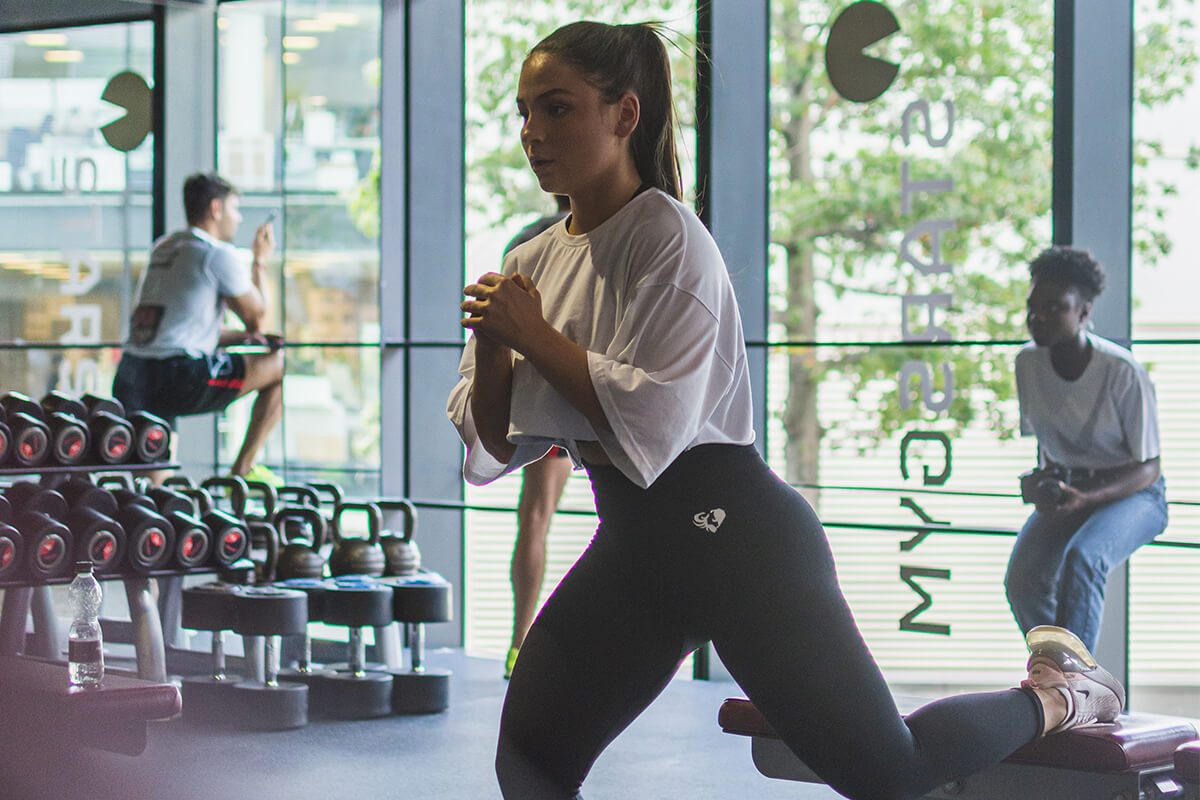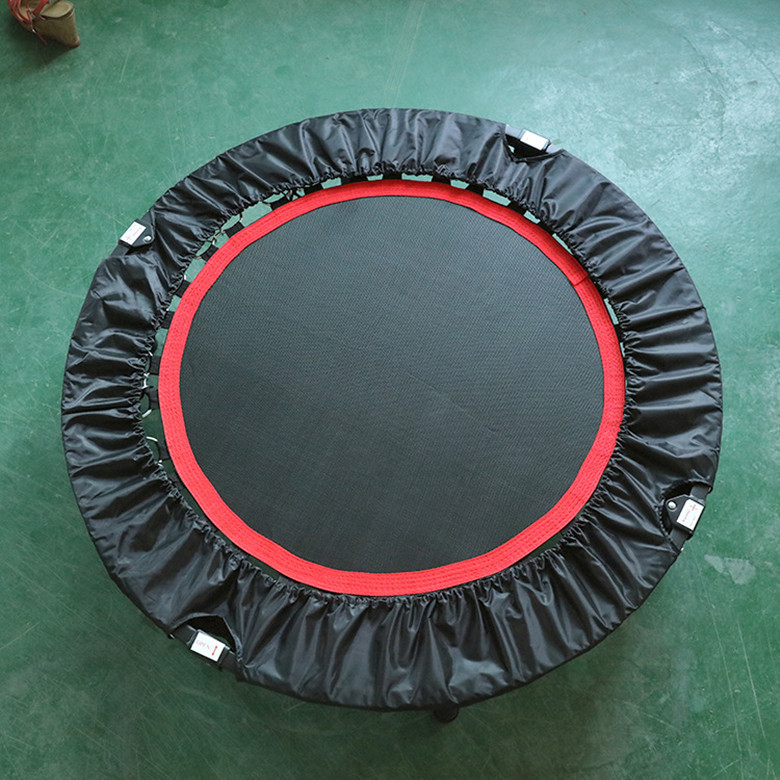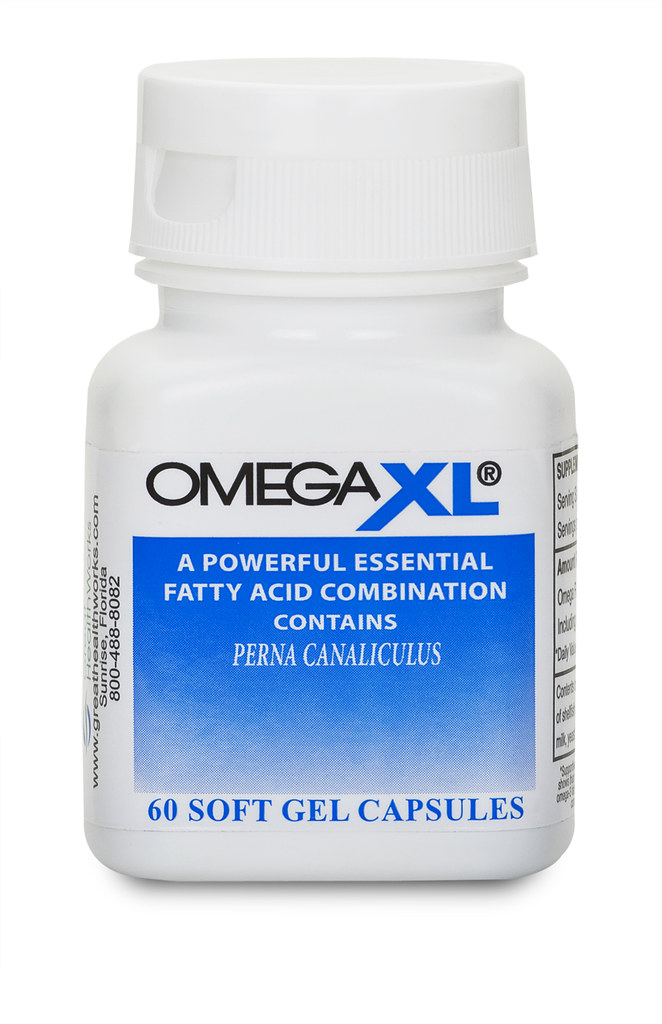
Professional sports require a high level physical fitness. These sports require complex neuromuscular firing patterns and are extremely demanding. Some athletes may not meet all requirements for the sport they choose. There are three main energy systems within the body that can be considered exercise physiology. They are the cardiovascular, skeletal, and neuromuscular. These energy systems are crucial in certain movements. Soccer is one such sport, requiring endurance and strength to play the game.
A sport demands physical exertion
A person's fitness and overall health can be affected by the demands of a particular sport. There are many variables that affect the demands and availability of resources in a sport environment. A high-demand sport may require more resources than one that is less popular, while a low-demand sport might be able to benefit from a more relaxed environment. This study looked at how athletes perceived the demands and availability of different sports. The questionnaire developed was DISQ–SPORT. This is a valid measure for athletes' overall health and fitness.
As athletes grow up, the physical demands of their sport increase. Soccer is a great example of this. Increased demands and longer games are directly related to a sport’s physical demands. Rees & Hardy (2004) have shown that emotional support can help athletes cope with high demands. Emotional support can also reduce competition pressure and flat feelings.
To measure your physical fitness, you can use tests
It is important to take into account the population you are trying to measure. For example, an exercise test to measure maximal oxygen uptake (VO2 max) may not be appropriate for a group of elderly individuals. For this group, a grip strength test dynamometer or 1RM deadlift would be more appropriate. Many elderly people don't strength train regularly. A test like VO2max is still an effective way to assess a person’s fitness.

The DNA Fitness Test is another test that can be used to assess physical fitness. This analyzes the genes of a person and links them to their athletic potential. Another test is called the drop jump (Bosco), which involves athletes jumping over a box with different heights. Loughborough Intermittent Shuttle Test: This test simulates a football game and is also available. The Mader Test measures blood lactate levels as a result of incremental exercise.
Training goals
The basic strength phase of a training cycle includes exercises that build core strength. These exercises are less in volume, but they get more intense. Athletes who are able to adapt to greater intensity use heavier weights. These exercises may also become more specific to the sport an athlete is training for. This phase should maintain an intensity of between 80%-95% of the athlete's 1RM. They should complete at least two to six sets for each exercise.
To maintain tissue overload and encourage continued adaptation, the stimulus must be gradually increased. To achieve the goal, training variables should be gradually increased. A rapid pace could lead to injury. Too slow could cause delays. To maintain strength, a weightlifter for example must lift heavier weights. Training modifications should be planned to account for the individual athlete's capacity and response to training.
Age
An athlete's physical condition will decline naturally, but it takes longer than one might expect. Master's age athletes have shown impressive gains after the age of 40. This is encouraging news for health and fitness. But, the question is: "How long an athlete can continue training to improve his performance?"

Even though everyone's aging process is different, exercise can help you feel younger. Athletes at the recent National Senior Games in Minnesota had fitness ages that were up to 20 years younger than their chronological age. This is due to their physical activity. You can do other activities as well to keep your fitness levels up. Regular exercise can improve mental and physical health.
FAQ
What's the best workout for men over 40?
Older men will find that the best workouts give them more energy as well as improve their stamina.
It is important to remember that most people over 40 experience a decline in testosterone, leading to lower sex drive.
This does not mean that you should stop engaging in physical activity. Studies have shown that some men can get more testosterone from regular aerobic exercise.
Aerobics can be a good way to improve your sexual performance.
How many calories per day should I consume?
This can vary from person to person. On average, you need 2000 to 2500 calories per days. You need to determine how many calories you need based on age, gender, height, weight, activity level, and lifestyle.
What dietary supplement is best for weight loss?
Exercise and diet are key to losing weight. Some people find certain supplements helpful.
Research suggests that omega-3 fats may aid in weight loss. Omega-3s are essential fats which are crucial for brain function. They are found in fish like salmon, tuna, shrimp and cod liver oil.
Research suggests that green tea may be beneficial in weight loss. Green tea contains catechins. These antioxidants may be able to increase metabolic rate and encourage weightloss.
Is Cardio Better Than Strength Training?
Both are equally beneficial. But cardio is a much better choice if you want to gain muscles faster.
Cardio burns more calories in a minute than strength training and more fat.
Strength training builds muscle mass, but it takes longer to achieve this goal than cardio.
Does weightlifting burn more fat than other forms of exercise?
Weight lifting is a great way to burn fat faster but you need to do it together with cardio exercise.
Cardio workouts are a great way to increase the weightlifting benefits.
Weightlifting is a good way to lose weight. It increases your heart beat and oxygen consumption.
However, if you don't combine it with cardio you won't see any significant changes to your body composition.
Statistics
- The PRS enabled risk stratification for overall prostate cancer and lethal disease with a four-fold difference between men in the highest and lowest quartiles (HR, 4.32; 95% confidence interval [CI], 3.16-5.89). (pubmed.ncbi.nlm.nih.gov)
- Candidates and applicants must pass all four tests at 70% (minimum level) to graduate from Basic Deputy U.S. Marshal (BDUSM) Training. (usmarshals.gov)
- According to the American Heart Association, blood pressure should be checked at least once every two years, beginning at age 20. (my.clevelandclinic.org)
- 10 pounds in a month is likely during a lean bulking phase, especially for beginners. (muscleandstrength.com)
- Get free shipping and 25% off today. (healthline.com)
External Links
How To
How do I lose fat by exercising?
Exercise burns calories by increasing metabolism and oxygen consumption.
Moderate intensity exercise is a safe way to lose weight.
These are some tips to help you lose fat while working out:
-
Do cardio exercises such as walking, swimming, jogging, cycling, running, or elliptical training.
-
Do 30 minutes of exercise three times a week.
-
If you want to lose more weight, add strength training to your routine.
-
Avoid intense exercise. You can build muscle and not break down muscle tissue.
-
Hydrate well during exercise. Water helps to flush out toxins from the body and maintains proper hydration.
-
After exercising, consume low-fat protein smoothies. Protein shakes repair muscles and increase energy.
-
You can eat smaller meals throughout the day so that you don't feel hungry in between meals.
-
Don't skip breakfast! Skipping breakfast can lead to fatigue and sluggishness.
-
Take care to your mental well-being. Stressful situations can slow your metabolism.
-
Keep a positive attitude. Studies show that people who believe they are overweight gain more weight then those who think they are attractive.
-
Get enough sleep. Lack of sleep makes it harder to burn fat.
-
Keep active. Be sure to get up and move around every hour or two.
-
Maintain a healthy diet. Healthy eating will keep you fuller and more satisfied for longer.
-
Find relaxation techniques. Relaxing doesn't mean your body releases stress hormones which cause muscle tissue to be destroyed.
A balanced diet is one that includes all of the essential nutrients required for growth.
Consider eating six small meals daily instead of three big ones. This gives your body more time to digest the food you eat.
For strong bones, we need 500 mgs of calcium daily. Calcium can be found in dairy products such as yogurt, fortified soybean beverages, orange juice, cereals, bread, and cereals.
Calcium can be found in leafy green veggies, beans, tofu and nuts as well as seeds, nuts and cheese.
Vitamin D is essential for calcium absorption. It's found in fatty fish, egg yolk, and some fortified foods.
Vitamin E is essential for skin health. It's found in vegetable oils, wheat germ oil, peanuts, almonds, sunflower seeds, and corn.
Your body requires zinc to function normally and for wound healing. Zinc can be found in seafood, legumes and meats.
Zinc deficiency can cause fatigue, loss of appetite, depression, and impaired immunity.
Insulin resistance is caused by eating too much sugar, which can increase blood glucose levels. Insulin resistance leads to weight gain.
High levels of free radicals can lead to insulin resistance. Free radicals are molecules that have unpaired electrons, which can cause damage to cell membranes or other parts of your body.
The main sources of free radicals are food additives.
Free radical damage can lead cancer, heart disease or diabetes, arthritis, asthma, or other forms of aging.
The best way to avoid free radicals is to eat a balanced diet high in antioxidants. Antioxidants protect against oxidative damage.
Vitamin C (found on citrus fruits), Beta carotene, found in carrots and sweet potatoes, spinach and broccoli, cantaloupe (found in tomatoes, mangoes and peppers), and Vitamin E (found nuts, olive oil and avocados).
Selenium, copper as well as manganese and zinc are some other antioxidant nutrients.
Selenium protects cells against oxidative damage from free radicals. Selenium is found in Brazil nuts, tuna, liver, kidney, shrimp, cod, turkey, beef, lamb, pork, and chicken.
Copper protects eyes, brain, lungs and red cells. Copper is also found in poultry, meat, and organs.
Manganese, an essential component of bone strength, is crucial. Manganese may be found in brown rice or spinach, bananas and prunes as well raisins, oatmeal and lentils.
Zinc is required for normal growth, reproduction and wound healing. Zn can be found in lean cuts, white fish, poultry, eggs, and other foods.